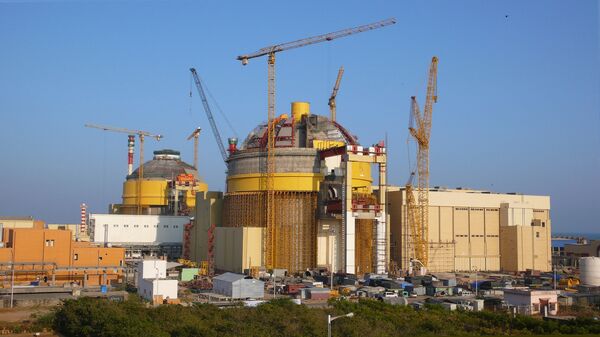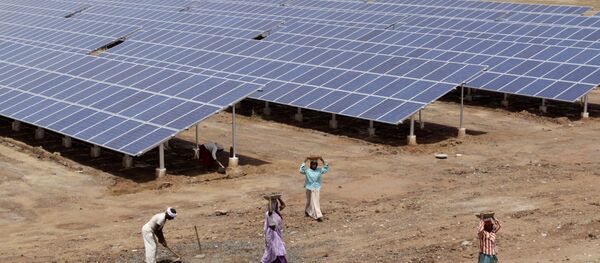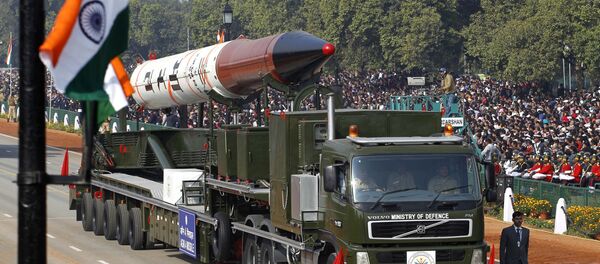NEW DELHI (Sputnik) — From next month, India will add 1,000 MW in April to its capacity when Unit 2 of the Kudankulam Nuclear Power Plant begins commercial production.
"When we came to power in 2014, India's nuclear power generation capacity stood at 4,780MW in 2014 and we had set a target of generating nuclear power by three-times in 10 years and we hope to reach that target," Jitendra Singh, minister of state in Prime Minister's Office, said during Question Hour in Parliament.
Singh said his government has taken a number of steps to fast-track setting up of nuclear power plants. India is also contemplating to use thorium along with uranium-233 as fuel in thorium-based reactors. Singh also underlined the importance of availability of uranium to meet the targets.
The Kudankulam Nuclear Power Plant (KNPP) is an Indo-Russian joint venture and is situated in the southern state of Tami Nadu. The KNPP Unit 2 is India's 22nd nuclear power reactor and will add 1,000 MW to the southern grid. Overall, it will raise the contribution of nuclear power in India's energy mix to 6,780 MW.

The two Kudankulam units have been built by NPCIL and operated by NPCIL under IAEA safeguards, with supervision from Russian specialists. Enriched uranium fuel for the entire life of the plant is to be supplied by Russia.
Russia plans to build at least six new atomic power projects in India with a capacity of 1,170 MW each. The Indian government is currently scouting for sites to host the proposed six new Russian reactors.
The Andhra Pradesh government has already given its nod to conduct studies to identify potential sites, including Kavali in Nellore District.




